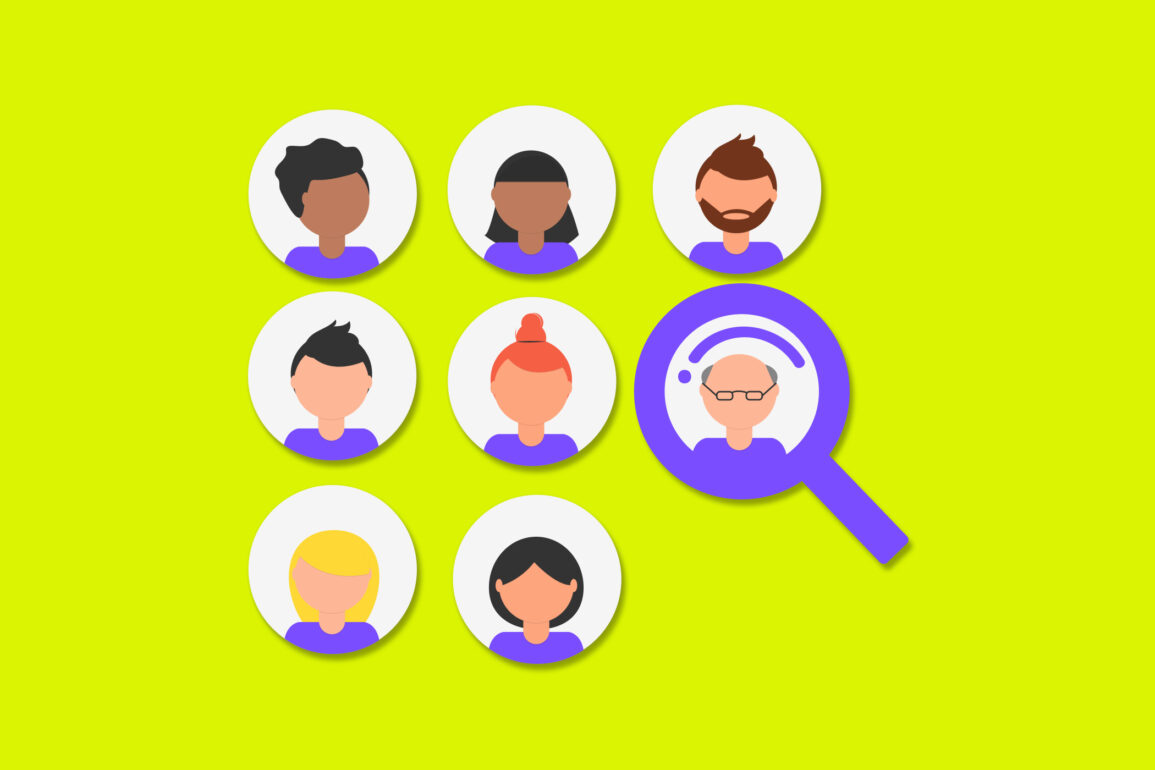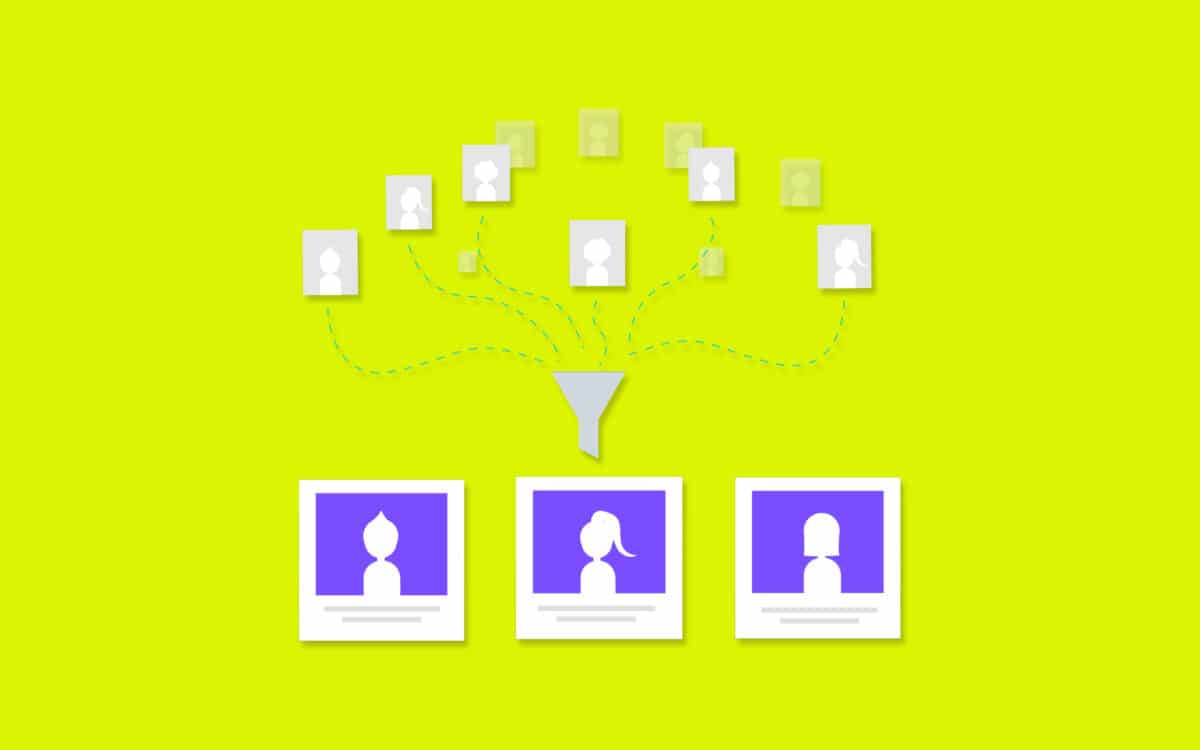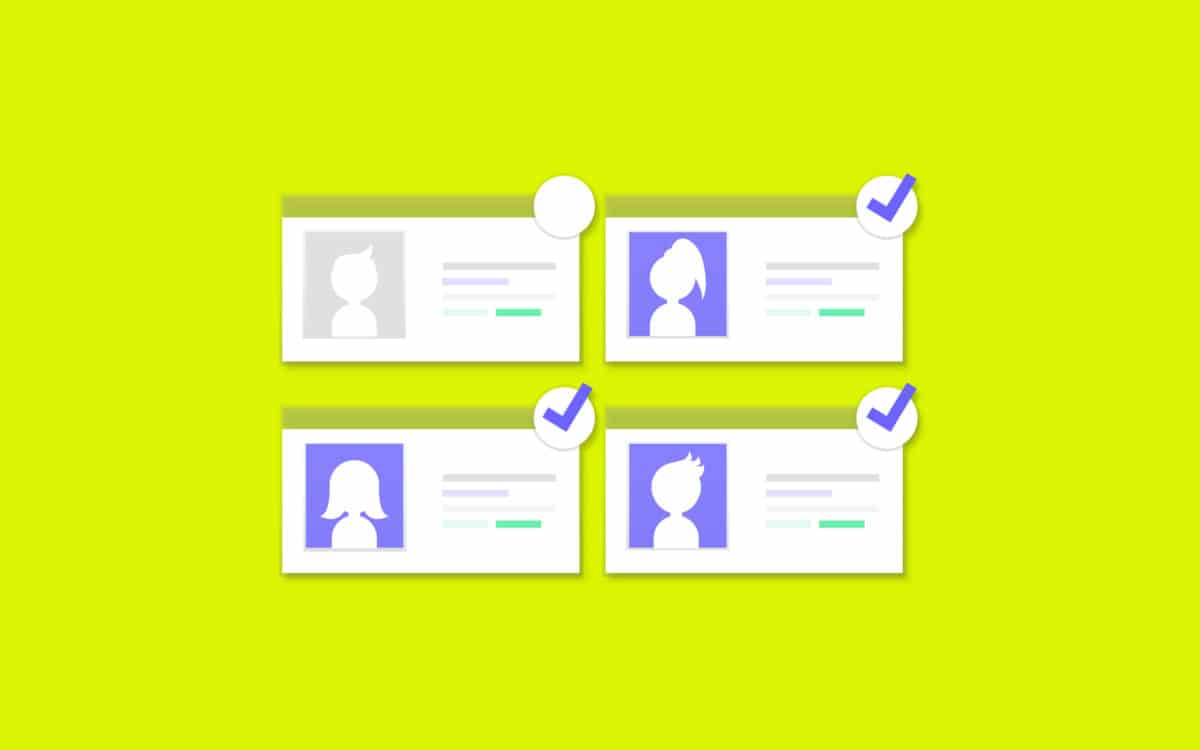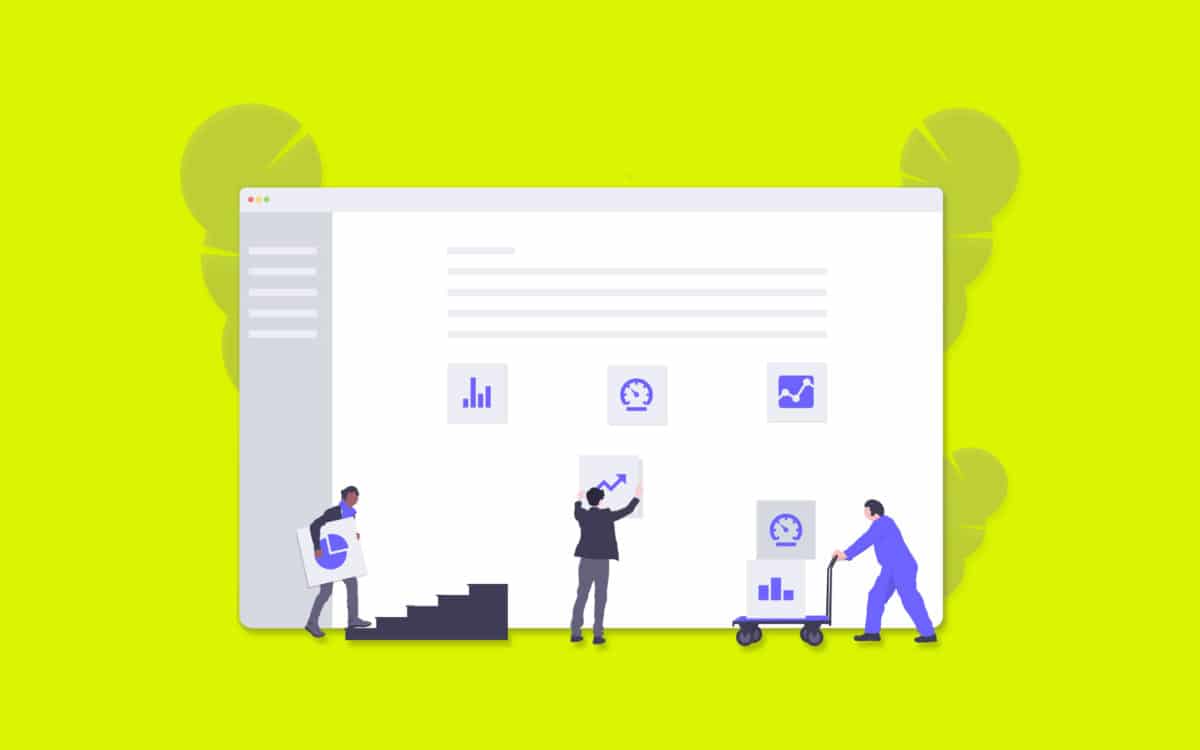What is a primary audience? Defining your core audience

As a business owner, you want your product or service to be popular.
In an ideal world, your solutions would appeal to everyone and anyone, giving you a limitless collection of potential prospects to target.
In the real world, there’s always going to be a unique selection of people that hears your message, unlike any other.
A primary audience is the core group of people that you try to reach whenever you make a decision about your marketing messages, logo design, or virtually anything else. These are the people who are most likely to spend money on your services.
So, how does a primary audience differ from a secondary or even “hidden” audience?
That’s what we’re here to find out.

What is the primary audience?
Let’s start with the basics, a primary audience definition.
Your primary audience is the group of people that receives your message directly. That might sound a little vague, so let’s dive a little deeper into the concept.
With a primary audience, you’re talking to people who can actually take action based on what they see or hear from you.
If you’re a B2B company selling accounting software, then your primary audience is accounting professionals who have spending power to purchase their own technology.
Although an accountant working for a law firm might eventually use your software because it’s purchased for them by the CTO (Chief Technology Officer), that accountant isn’t your key audience.
In this way, a primary audience differs slightly from your “target audience”. That’s because a target audience takes into account all of the different people who might interact with your brand.
With us so far?
The primary audience for your business is the decision-maker that can actually move the needle on your revenue for you.
Although other people could potentially connect with your business and help it to grow through things like advocacy and word of mouth marketing, they don’t belong to the same group.
When you’re developing buyer personas for your business, your primary audience is likely to be the first customer you think about.

How do you define your primary audience?
To define a primary audience, you’ll need to follow many of the same steps involved in creating a buyer persona. Start by thinking about the major pain points that your product or service solves and who your company is going to appeal to.
For instance, if you’re a company selling marketing software, then you’re going to appeal heavily to marketing managers.
However, you’ll also need to ask yourself who is going to have the most buying power in your community.
Sure, you want to reach marketing managers, but if they don’t make the decisions about how to spend a business budget, then they’re not going to impact your bottom line.
Because of this, your primary or core audience might be business owners or Chief Marketing Managers instead.
Think about:
- Your product or service and what it can offer.
- Who is going to benefit most from the products that you sell?
- Who can actually purchase the products or services you have to sell?
Don’t ignore the other potential audiences that come to mind when you’re exploring your user personas and checking out your target market. There’s likely to be a lot of different people who you can reach with your messaging.
The important part of recognizing your primary and secondary audiences, is that you know how to adjust your marketing to suit each group.
By separating your core target market into a selection of primary, secondary, and hidden audiences, you can ensure that every message you send is crafted to get the best possible response.

Core audience vs. secondary audience: The basics
So, how does a primary audience differ from the other kinds of customers you might be reaching with your digital materials and advertising? In other words, what is the difference between a primary and secondary audience?
This concept is explained somewhat confusingly by other companies, so we’re going to try and make it a little simpler here. Most people refer to secondary audiences as someone who isn’t the person you’re directly addressing with your messaging.
To put that into format that you can better understand, when you’re watching television with your children, you might see an advert for a new set of Power Ranger toys.
The Power Rangers are clearly designed to appeal to your kids, with their bright colors and unique appearance. What’s more, the advertising takes your children into account, by speaking directly to them and using other children in the marketing message.
However, the primary audience of that ad won’t be your children.
Your kids don’t have the cash (probably) to run out and buy Power Rangers for themselves. They need you to do that.
That means that you’re the primary audience, and the person responsible for helping the company to make money.
Toy companies take advantage of the fact that parents are often swayed into making purchases by their children to sell products.
They know that you’re the primary audience, but by targeting the secondary audience, they can have a bigger impact on you than if they presented the toy to you alone.
Hearing your child beg for something is a lot more convincing than a company listing all of the great features of a new toy to you.
The impact of secondary audiences on primary audiences is one of the reasons why it’s important to think about all the people you’re reaching with your messaging, not just the people with the buying power.
To give you another example of a secondary and primary audience interaction, let’s go back to my accounting case above. If an accountant sees an ad for a great piece of software, he or she can tell their boss about it and ask them to make a purchase.
Once again, the accountant isn’t the primary audience, but he or she still makes an impact.

Beyond your key audience: Hidden audiences
The discussion of secondary and primary audience examples also leads us to another type of market that you might need to think about: the hidden audience.
A hidden audience is someone who falls outside of both the primary and secondary assignment. This is usually someone that shares a common interest with either the primary or secondary parties.
For instance, in the case of the toy company above, the primary audience is the parent, and the secondary audience is the child.
However, a hidden audience could be grandmothers, friends, or other relatives who need ideas of what to buy a child for their birthday.
These people share the same interests as the primary audience: keeping the child happy.

Why do you need to know your key audience?
At a high level, most companies assume that identifying their target audience is easy. You’d automatically assume that the target audience of an accounting software company would be accountants, and people who want to organise their finances more efficiently.
However, targeting accountants alone could mean that you miss out on some crucial purchases.
The more you know about your primary audience, secondary audience, and the other people who might happen by your business too, the easier it is to create campaigns that really work.
After all, the sort of email marketing campaign that you build to sell your accounting software to a freelancer will be very different to the one you use to sell it to an enterprise business owner.
When figuring out who you really want to connect with in your business, start by focusing on the primary audience – the people who can make the biggest purchases to help your company thrive.
Once you’ve got your core audience figured out, you can start to think about sub-sections, like secondary and hidden audiences too.
Want to learn more about targeting your content to reach the right people? Check out the other articles we have here on Fabrik’s website.
Alternatively, if you need help creating a brand that appeals to your primary audience, contact a member of our team today!
Fabrik: A branding agency for our times.











